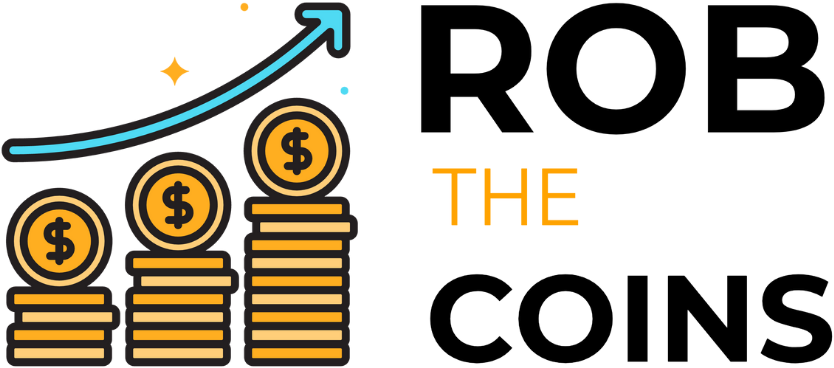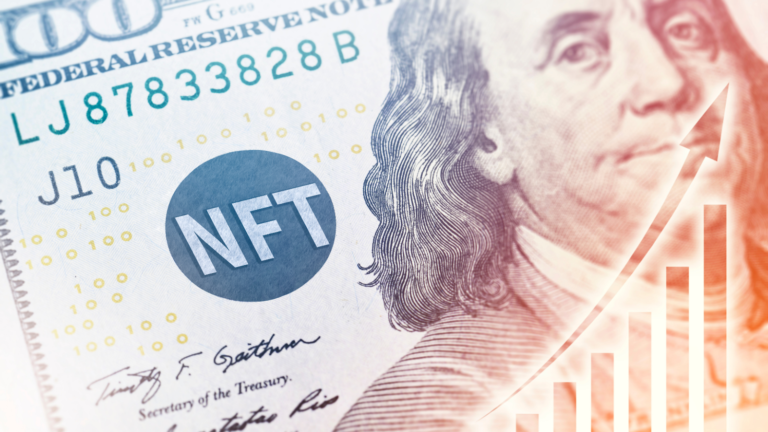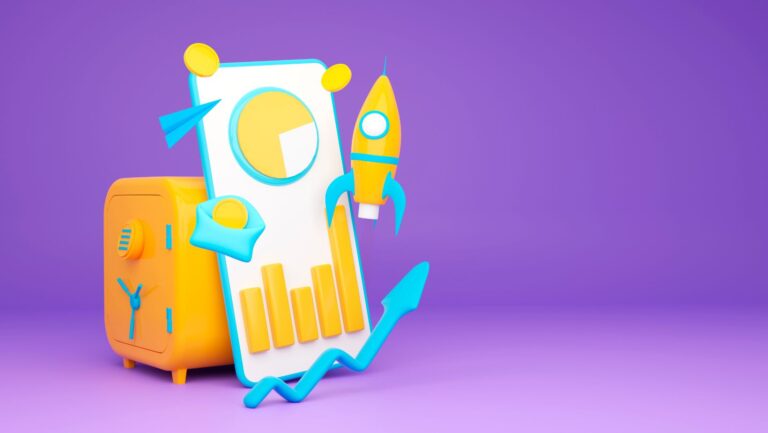The Decentralized Autonomous Organization (DAO) is a new type of organization that is powered by decentralized technologies such as the blockchain and smart contracts. A DAO is an organization that is run by a set of rules encoded on the blockchain, eliminating the need for a centralized decision-making authority. DAOs are transparent and trustless, meaning that anyone can see how the organization is run and that there is no need to trust a centralized authority.
There are many different types of DAOs, but they all share these core characteristics. The first DAO was created in 2016 by the Ethereum Foundation. The DAO raised over $150 million worth of ether from investors, making it the largest crowdfunding campaign in history at that time. The DAO was hacked soon after it launched, and the attacker managed to steal over $50 million worth of ether. This event led to a hard fork of the Ethereum blockchain, creating two separate Ethereum blockchains: Ethereum (ETH) and Ethereum Classic (ETC).
Since then, many other DAOs have been created, with different purposes and governance structures
Some notable examples of DAOs include:
– Aragon: a platform for creating and managing decentralized organizations
– Colony: a platform for distributed work
– MakerDAO: a decentralized autonomous organization that issues the Dai stablecoin
– MetaMask: a browser extension that allows you to interact with decentralized applications (apps)
– Gnosis: a decentralized prediction market platform
– Augur: a decentralized prediction market platform
– Polkadot: a next-generation blockchain protocol that enables cross-chain interoperability
– Cosmos: a network of blockchains that can interact with each other
– Tezos: a decentralized blockchain that can be upgraded through on-chain voting
– Dfinity: a decentralized cloud computing platform
In the near future, it is likely that many traditional organizations will adopt DAO-like structures as they begin to realize the advantages of decentralization. Some large companies, such as Microsoft and JPMorgan Chase, are already experimenting with blockchain technology and DAOs. It is likely that DAOs will play a major role in the future of the global economy.
what are jpeg nft
JPEG and NFT are two types of digital image file formats. JPEG (Joint Photographic Experts Group) is a lossy compression format for digital images, resulting in smaller file sizes. NFT (Non-Fungible Token) is a blockchain-based file format that allows for unique, immutable digital assets. Each type of file format has its own advantages and disadvantages. JPEG is a good choice for images that need to be smaller in file size, while NFT is ideal for digital assets that need to be unique and immutable.
What is Dao-Based Project Management (DBPM)?
Dao-Based Project Management (DBPM) is a type of project management that utilizes decentralized technologies such as the blockchain and smart contracts. DBPM allows for transparent and trustless project management, eliminating the need for a centralized decision-making authority. DBPM is still in its early stages of development, but it has the potential to revolutionize the project management industry.
What are the advantages of DBPM?
There are many potential advantages of DBPM, including:
– Transparency: all project data is stored on the blockchain, making it transparent and accessible to everyone involved in the project.
– Trustless: because all data is stored on the blockchain, there is no need to trust a centralized authority.
– Immutable: once data is stored on the blockchain, it cannot be changed or deleted. This makes project data reliable and trustworthy.
– Automated: smart contracts can automate many aspects of project management, such as payments and deadlines.
– Secure: because all data is stored on the blockchain, it is secure from hacks and data breaches.
What are the disadvantages of DBPM?
There are also some potential disadvantages of DBPM, such as:
– Scalability: because DBPM relies on the blockchain, it can be slow and expensive to scale.
– Complexity: DBPM can be complex to set up and use, due to the need to understand and use decentralized technologies.
– Limited applications: at present, DBPM is only suitable for certain types of projects.




